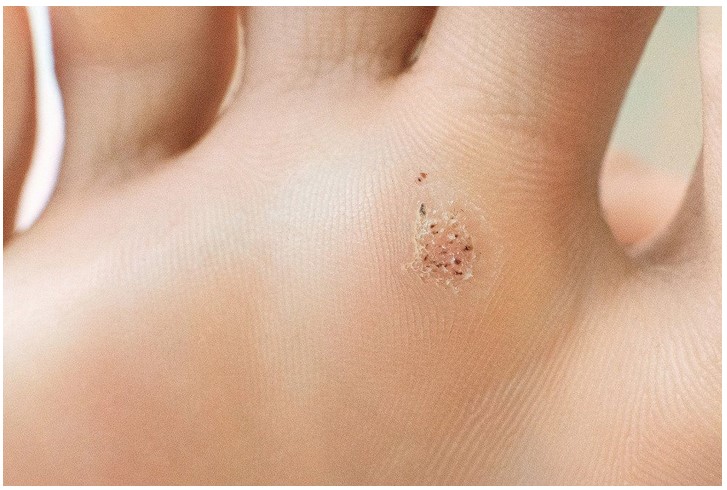
Finger seed warts are a common skin condition that can affect anyone, regardless of age or gender. They are caused by the human papillomavirus (HPV) and can appear on the hands, fingers, and feet. They are usually painless and harmless, but can be unsightly and embarrassing. Fortunately, there are several treatments available to remove finger seed warts, including over-the-counter medications, home remedies, and professional treatments. Additionally, there are several prevention tips that can help reduce the risk of developing finger seed warts. This article will discuss the causes, removal, and prevention tips for finger seed warts.
What Causes Finger Seed Warts and How Can You Prevent Them?
Finger seed warts, also known as filiform warts, are caused by the human papillomavirus (HPV). They are typically found on the face, neck, and eyelids, but can also appear on the fingers. These warts are characterized by their long, thin shape and can be flesh-colored, pink, or brown.
The best way to prevent finger seed warts is to practice good hygiene. This includes washing your hands regularly with soap and water, avoiding contact with people who have warts, and not sharing personal items such as towels, razors, and nail clippers. Additionally, it is important to keep your skin moisturized and avoid picking at or scratching the warts.
If you already have finger seed warts, it is important to seek medical treatment. Treatment options include topical medications, cryotherapy, laser therapy, and surgical removal. It is important to note that these treatments may not be effective in all cases and may need to be repeated.
In conclusion, finger seed warts are caused by the human papillomavirus and can be prevented by practicing good hygiene and avoiding contact with people who have warts. If you already have warts, it is important to seek medical treatment.
How to Safely Remove Finger Seed Warts: Tips and Tricks for Successful Treatment
Finger seed warts are a common skin condition caused by the human papillomavirus (HPV). They are small, fleshy growths that can appear on the fingers, hands, and feet. While they are generally harmless, they can be unsightly and uncomfortable. Fortunately, there are several ways to safely remove finger seed warts.
The first step in treating finger seed warts is to consult a doctor. A doctor can diagnose the condition and recommend the best course of treatment. In some cases, a doctor may recommend over-the-counter medications or topical creams. These medications can help to reduce the size of the warts and make them less noticeable.
If over-the-counter medications are not effective, a doctor may recommend cryotherapy. This is a procedure in which liquid nitrogen is applied to the wart, causing it to freeze and eventually fall off. This procedure is generally safe and effective, but it can cause some discomfort.
Another option for treating finger seed warts is laser therapy. This procedure uses a laser to destroy the wart tissue. It is generally safe and effective, but it can be expensive.
Finally, some people may choose to use home remedies to remove finger seed warts. Common home remedies include applying apple cider vinegar, garlic, or tea tree oil to the wart. These remedies may help to reduce the size of the wart, but they are not always effective.
No matter which treatment option you choose, it is important to take steps to prevent the spread of the virus. This includes washing your hands regularly and avoiding contact with other people’s warts.
By following these tips and tricks, you can safely and effectively remove finger seed warts. With the right treatment, you can reduce the size and visibility of the warts and prevent them from spreading.
Conclusion
Finger seed warts are a common skin condition that can be caused by the human papillomavirus (HPV). While they are generally harmless, they can be unsightly and uncomfortable. Fortunately, there are several ways to remove and prevent finger seed warts, including topical treatments, cryotherapy, and laser therapy. It is important to consult a doctor before attempting any of these treatments, as some may be more effective than others depending on the individual case. Additionally, practicing good hygiene and avoiding contact with infected individuals can help to prevent the spread of the virus.